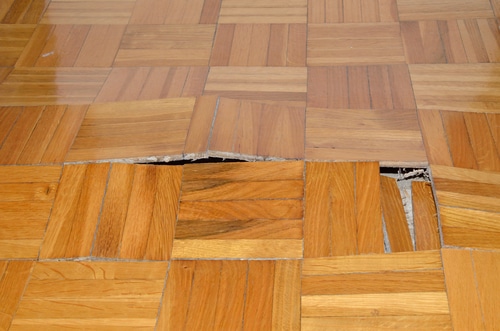How to Find and also Repair Water Leaks-- A Comprehensive Overview
How to Find and also Repair Water Leaks-- A Comprehensive Overview
Blog Article
We have uncovered this article pertaining to Finding hidden leaks listed below on the net and figured it made perfect sense to share it with you on this page.

Early detection of leaking water lines can alleviate a possible catastrophe. Some small water leaks may not be noticeable.
1. Take A Look At the Water Meter
Every residence has a water meter. Checking it is a guaranteed manner in which helps you uncover leaks. For beginners, switch off all the water resources. Ensure nobody will certainly purge, make use of the faucet, shower, run the washing machine or dishwashing machine. From there, most likely to the meter and also watch if it will certainly transform. Given that no one is utilizing it, there should be no activities. That shows a fast-moving leak if it moves. If you identify no modifications, wait a hr or two as well as examine back once more. This implies you may have a slow-moving leakage that might also be underground.
2. Examine Water Intake
Evaluate your water bills as well as track your water consumption. As the one paying it, you should see if there are any disparities. If you detect sudden changes, in spite of your consumption coinciding, it implies that you have leaks in your plumbing system. Bear in mind, your water expense should fall under the exact same variety monthly. A sudden spike in your costs indicates a fast-moving leak.
A consistent increase every month, even with the exact same practices, shows you have a sluggish leakage that's also slowly escalating. Call a plumber to completely examine your building, especially if you feel a cozy area on your flooring with piping below.
3. Do a Food Coloring Examination
When it comes to water intake, 30% comes from bathrooms. If the color in some way infiltrates your bowl throughout that time without flushing, there's a leakage in between the storage tank as well as dish.
4. Asses Exterior Lines
Don't fail to remember to examine your outside water lines also. Test faucets by connecting a yard hose pipe. Must water seep out of the link, you have a loosened rubber gasket. Replace this and also ensure all connections are limited. If you've obtained a sprinkler system, it will certainly help get it professionally analyzed and kept yearly. One tiny leakage can throw away lots of water and increase your water bill.
5. Examine as well as Evaluate the Situation
Home owners should make it a practice to inspect under the sink counters as well as even inside cupboards for any kind of bad odor or mold and mildew growth. These 2 red flags show a leakage so prompt interest is required. Doing routine inspections, also bi-annually, can save you from a major issue.
If you understand your residence is already old, keep a watchful eye on your heaters, hose pipes, pipes etc. Check for discolorations and deteriorating as the majority of pipes and also appliances have a life expectancy. They will additionally naturally weaken because of wear and tear. If you suspect dripping water lines in your plumbing system, don't wait for it to escalate. Call a professional plumber right now so you do not end up with a horrible mess in your house.
Early detection of leaking water lines can reduce a prospective disaster. Some little water leakages may not be noticeable. Inspecting it is a proven means that aids you uncover leaks. One small leakage can waste lots of water and increase your water expense.
If you suspect leaking water lines in your plumbing system, do not wait for it to escalate.
WARNING SIGNS OF WATER LEAKAGE BEHIND THE WALL
PERSISTENT MUSTY ODORS
As water slowly drips from a leaky pipe inside the wall, flooring and sheetrock stay damp and develop an odor similar to wet cardboard. It generates a musty smell that can help you find hidden leaks.
MOLD IN UNUSUAL AREAS
Mold usually grows in wet areas like kitchens, baths and laundry rooms. If you spot the stuff on walls or baseboards in other rooms of the house, it’s a good indicator of undetected water leaks.
STAINS THAT GROW
When mold thrives around a leaky pipe, it sometimes takes hold on the inside surface of the affected wall. A growing stain on otherwise clean sheetrock is often your sign of a hidden plumbing problem.
PEELING OR BUBBLING WALLPAPER / PAINT
This clue is easy to miss in rooms that don’t get much use. When you see wallpaper separating along seams or paint bubbling or flaking off the wall, blame sheetrock that stays wet because of an undetected leak.
BUCKLED CEILINGS AND STAINED FLOORS
If ceilings or floors in bathrooms, kitchens or laundry areas develop structural problems, don’t rule out constant damp inside the walls. Wet sheetrock can affect adjacent framing, flooring and ceilings.
https://www.servicemasterbyzaba.com/blog/how-to-detect-water-leakage-in-walls/

We were introduced to that editorial about Locating water leaks from an acquaintance on another site. Enjoyed our write up? Please share it. Let somebody else find it. Thanks so much for going through it.
Report this page